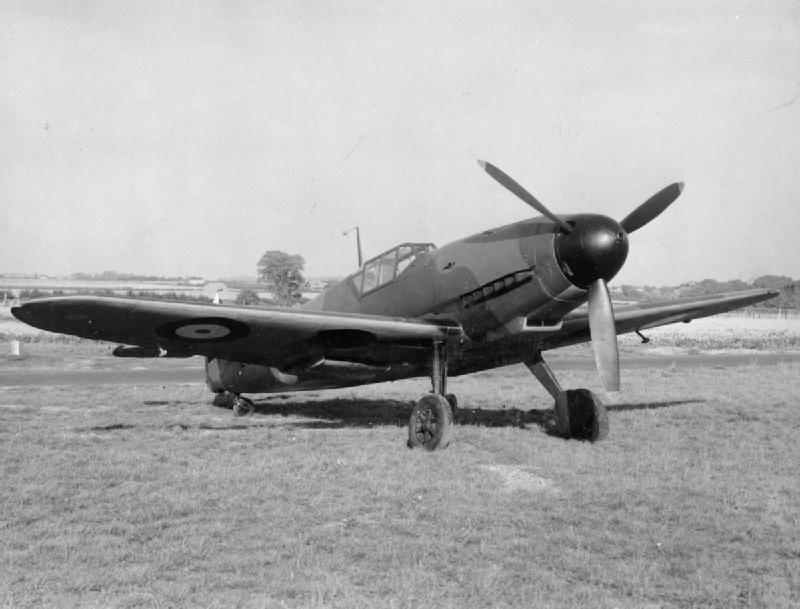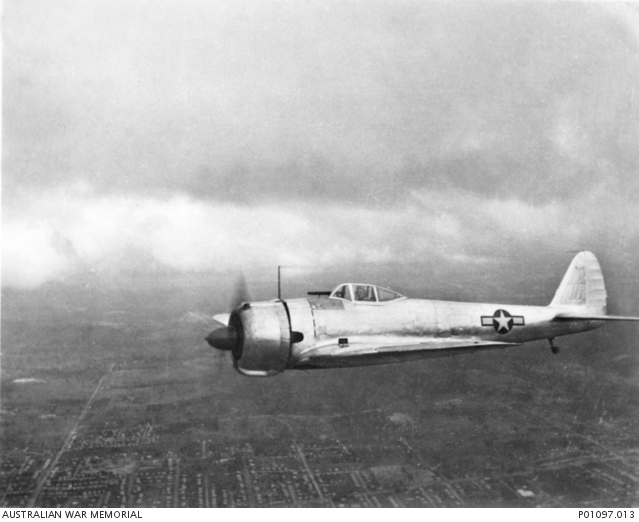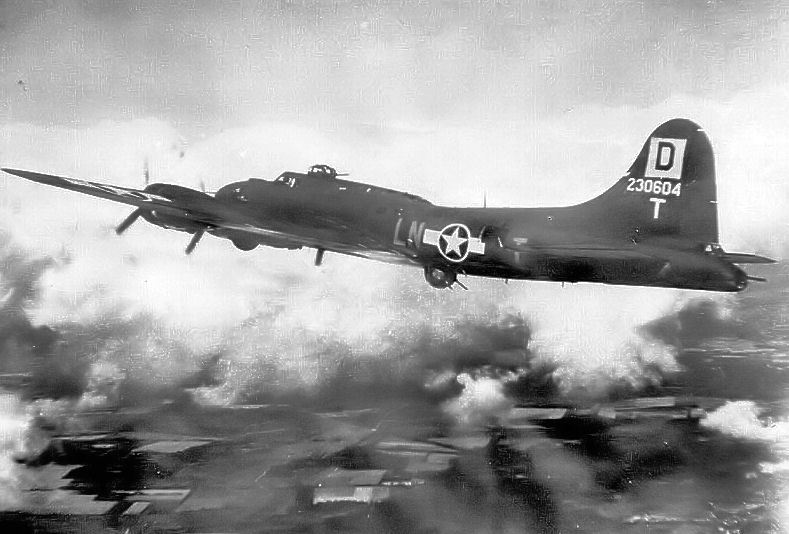|
Zirkus Rosarius
''Zirkus Rosarius'' (also known as the ''Wanderzirkus Rosarius'') was an ''Erprobungskommando''-style special test unit of the Luftwaffe, specifically of the Luftwaffe High Command, tasked with testing captured British and American aircraft, all of which were repainted in German markings. The purpose of testing allied aircraft was to discover any strengths or vulnerabilities in their design or performance. This information was highly useful in enabling German service personnel to develop tactics designed to counter strengths and exploit any vulnerabilities. The unit was formed by Theodor Rosarius in 1943 and was part of the ''2.Staffel/Versuchsverband Oberbefehlshaber der Luftwaffe'' (second squadron of the Experimental Unit of Luftwaffe High Command). The Zirkus also toured operational airfields showing Luftwaffe pilots the captured aircraft and training them in techniques to counter these aircraft. The ''Zirkus Rosarius'' seemed to have merited the use of its own ''Geschwaderk ... [...More Info...] [...Related Items...] OR: [Wikipedia] [Google] [Baidu] |
Erprobungskommando
An ''Erprobungskommando'' (EKdo) ("Testing-command") was a variety of Luftwaffe special-purpose unit tasked with the testing of new aircraft and weaponry under operational conditions. Similarly-named ''Erprobungs-''prefixed squadron ''(staffel)'' and group ''(gruppe)'' sized units also existed at various times in the Luftwaffe during 1939-1944 to service-test new designs, usually numbered with the RLM aircraft designation system airframe number matching the aircraft they were meant to test, with the three digit number following the "8-xxx" RLM airframe number designating the unit, as with ''Erprobungsstaffel 177'' (contracted to E-Staffel 177), charged with testing the A-0 production prototypes of the Heinkel He 177A heavy bomber. The similarly-prefixed ''Erprobungsgruppe 210'' was meant to have service-tested the Messerschmitt Me 210 twin-engined "destroyer" and light bomber, but that design's early aerodynamic problems caused the unit's transformation and expansion into SKG 210, ... [...More Info...] [...Related Items...] OR: [Wikipedia] [Google] [Baidu] |
Luftwaffe
The ''Luftwaffe'' () was the aerial-warfare branch of the German ''Wehrmacht'' before and during World War II. Germany's military air arms during World War I, the ''Luftstreitkräfte'' of the Imperial Army and the '' Marine-Fliegerabteilung'' of the Imperial Navy, had been disbanded in May 1920 in accordance with the terms of the 1919 Treaty of Versailles which banned Germany from having any air force. During the interwar period, German pilots were trained secretly in violation of the treaty at Lipetsk Air Base in the Soviet Union. With the rise of the Nazi Party and the repudiation of the Versailles Treaty, the ''Luftwaffe''s existence was publicly acknowledged on 26 February 1935, just over two weeks before open defiance of the Versailles Treaty through German rearmament and conscription would be announced on 16 March. The Condor Legion, a ''Luftwaffe'' detachment sent to aid Nationalist forces in the Spanish Civil War, provided the force with a valuable testing grou ... [...More Info...] [...Related Items...] OR: [Wikipedia] [Google] [Baidu] |
Oberkommando Der Luftwaffe
The (; abbreviated OKL) was the high command of the air force () of Nazi Germany. History The was organized in a large and diverse structure led by Reich minister and supreme commander of the Air force (german: Oberbefehlshaber der Luftwaffe) Hermann Göring. Through the Ministry of Aviation () Göring controlled all aspects of aviation in Germany, civilian and military alike. This organization was established in the peacetime period predating the German involvement in the Spanish Civil War. In early 1937, Göring announced the reorganization of the Reich Air Ministry into military and civilian branches. The military branch was to be led by the Air Force High Command () with its chief and general staff. However, the separation of military from civil aviation was incomplete and fragmented. Some parts of the military branch were left under the control of the General Inspector of the Air force, Field marshal general () Erhard Milch. These were: * Central Branch * General Air ... [...More Info...] [...Related Items...] OR: [Wikipedia] [Google] [Baidu] |
Organization Of The Luftwaffe (1933–1945)
Between 1933 and 1945, the organization of the Luftwaffe underwent several changes. Originally, the German military high command, for their air warfare forces, decided to use an organizational structure similar to the army and navy, treating the aviation branch as a strategic weapon of war. Later on, during the period of rapid rearmament, the Luftwaffe was organized more in a geographical fashion. Under the terms of the Treaty of Versailles (1919), Germany was prohibited from having an air force, with the former German Empire's ''Luftstreitkräfte'' disbandment in 1920. German pilots were secretly trained for military aviation, first in the Soviet Union during the late 1920s, and then in Germany in the early 1930s. In Germany, the training was done under the guise of the German Air Sports Association (german: Deutscher Luftsportverband (DLV)) at the Central Commercial Pilots School (german: Zentrale der Verkehrs Fliegerschule (ZVF)). Following its 15 May 1933 formation in secret, ... [...More Info...] [...Related Items...] OR: [Wikipedia] [Google] [Baidu] |
Wing (air Force Unit)
In military aviation, a wing is a unit of command. In most military aviation services, a wing is a relatively large formation of planes. In Commonwealth of Nations, Commonwealth countries a wing usually comprises three Squadron (aviation), squadrons, with several wings forming a group (air force unit), group (around 10 squadrons). Each squadron will contain around 20 planes. Commonwealth usage Origins On its establishment in 1912, the United Kingdom, British Royal Flying Corps (RFC) was intended to be an inter-service, combined force of the British Army and Royal Navy. Given the Interservice rivalry, rivalry that existed between the army and navy, new terminology was used, in order to avoid marking the corps out as having an army or navy ethos. While Cavalry wing, the term "wing" had been used in the cavalry, its more general use predominated. Accordingly, the word "wing", with its allusion of flight, was chosen as the term of subdivision and the corps was split into a " ... [...More Info...] [...Related Items...] OR: [Wikipedia] [Google] [Baidu] |
KG 200
''Kampfgeschwader'' 200 (KG 200) (" irCombat Squadron 200") was a German ''Luftwaffe'' special operations unit during World War II. The unit carried out especially difficult bombing and transport operations and long-distance reconnaissance flights, tested new aircraft designs and operated captured aircraft.Geoffrey Thomas: ''KG200: Luftwaffe's Most Secret Squadron'', Hikoki Publications, August 2004, Günther W. Gellermann: ''Moskau ruft Heeresgruppe Mitte … – Was nicht im Wehrmachtbericht stand – Die Einsätze des geheimen Kampfgeschwaders 200 im Zweiten Weltkrieg'', Bernard & Graefe, 1988, in German, P. W. Stahl/Manfred Jäger: ''Geheimgeschwader KG 200'', 1984, in German, History The unit's history began in 1934, when the Luftwaffe formed a reconnaissance squadron under Oberst Theodor Rowehl and attached it to the ''Abwehr'', Germany's military intelligence department. As the ''Abwehr'' started to lose Hitler's goodwill during the war, a new reconnaissance unit, the '' ... [...More Info...] [...Related Items...] OR: [Wikipedia] [Google] [Baidu] |
Air Fighting Development Unit
The Air Fighting Development Unit (AFDU) was an air technical intelligence part of the Royal Air Force which developed tactics and tested captured enemy aircraft. It was based at Royal Air Force Stations Northolt, Duxford and Wittering. The AFDU was under the control of RAF Fighter Command and the Air Ministry; the AFDU performed comparative trials, developed and promulgated tactics effective against opposing aircraft types. Also sharing Wittering with the AFDU was the Naval Air Fighting Development Unit. These units also carried out tests and evaluations on a wide range of fighter aircraft, aircraft modifications and new equipment prior to entering Allied service. The AFDU was formed as the Air Fighting Development Establishment at Northolt on 20 October 1934; being re-named the Air Fighting Development Unit in July 1940. The units were absorbed into the Central Fighter Establishment and moved to RAF Tangmere in 1945. Operation Banquet Under the Operation Banquet anti-invasi ... [...More Info...] [...Related Items...] OR: [Wikipedia] [Google] [Baidu] |
Allied Technical Air Intelligence Unit
Technical Air Intelligence Units (TAIU) were joint Allied military intelligence units formed during World War II to recover Japanese aircraft to obtain data regarding their technical and tactical capabilities. The first such unit, known later as Technical Air Intelligence Unit–South West Pacific (TAIU–SWPA), was formed in November 1942 by the United States Navy (USN), United States Army Air Forces (USAAF) and Royal Australian Air Force (RAAF) at Eagle Farm Airbase, Brisbane, Australia, in November 1942. During 1943–44, three other TAIUs were formed in the other Allied theatres of the Pacific War.Harold Skaarup, 2006, ''RCAF War Prize Flights, German and Japanese Warbird Survivors'', Bloomington Indiana, iUniverse, pp33–4. * South East Asia: ATAIU–SEA; British Royal Air Force (RAF)/USAAF * Pacific Ocean Areas: TAIU–POA; USN * China: Republic of China Air Force A proposed joint U.S. Army-U.S. Navy research unit in the continental United States ... [...More Info...] [...Related Items...] OR: [Wikipedia] [Google] [Baidu] |
Kampfgeschwader 200
''Kampfgeschwader'' 200 (KG 200) (" irCombat Squadron 200") was a German ''Luftwaffe'' special operations unit during World War II. The unit carried out especially difficult bombing and transport operations and long-distance reconnaissance flights, tested new aircraft designs and operated captured aircraft.Geoffrey Thomas: ''KG200: Luftwaffe's Most Secret Squadron'', Hikoki Publications, August 2004, Günther W. Gellermann: ''Moskau ruft Heeresgruppe Mitte … – Was nicht im Wehrmachtbericht stand – Die Einsätze des geheimen Kampfgeschwaders 200 im Zweiten Weltkrieg'', Bernard & Graefe, 1988, in German, P. W. Stahl/Manfred Jäger: ''Geheimgeschwader KG 200'', 1984, in German, History The unit's history began in 1934, when the Luftwaffe formed a reconnaissance squadron under Oberst Theodor Rowehl and attached it to the ''Abwehr'', Germany's military intelligence department. As the ''Abwehr'' started to lose Hitler's goodwill during the war, a new reconnaissance unit, the '' ... [...More Info...] [...Related Items...] OR: [Wikipedia] [Google] [Baidu] |
Luftwaffe Special Commands
The ''Luftwaffe'' () was the aerial-warfare branch of the German ''Wehrmacht'' before and during World War II. Germany's military air arms during World War I, the ''Luftstreitkräfte'' of the Imperial Army and the '' Marine-Fliegerabteilung'' of the Imperial Navy, had been disbanded in May 1920 in accordance with the terms of the 1919 Treaty of Versailles which banned Germany from having any air force. During the interwar period, German pilots were trained secretly in violation of the treaty at Lipetsk Air Base in the Soviet Union. With the rise of the Nazi Party and the repudiation of the Versailles Treaty, the ''Luftwaffe''s existence was publicly acknowledged on 26 February 1935, just over two weeks before open defiance of the Versailles Treaty through German rearmament and conscription would be announced on 16 March. The Condor Legion, a ''Luftwaffe'' detachment sent to aid Nationalist forces in the Spanish Civil War, provided the force with a valuable testing grou ... [...More Info...] [...Related Items...] OR: [Wikipedia] [Google] [Baidu] |





